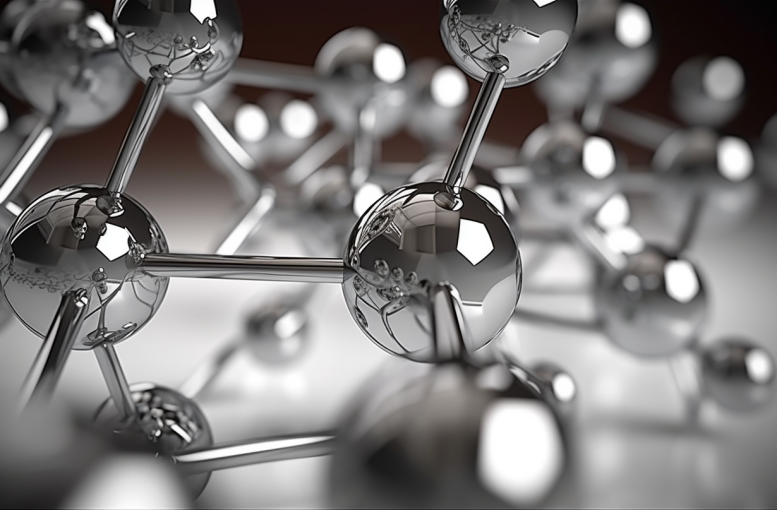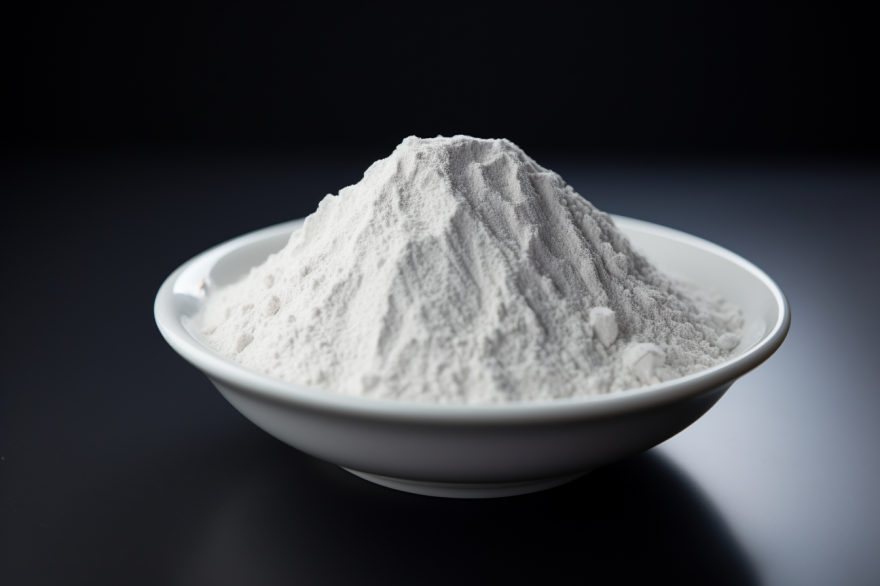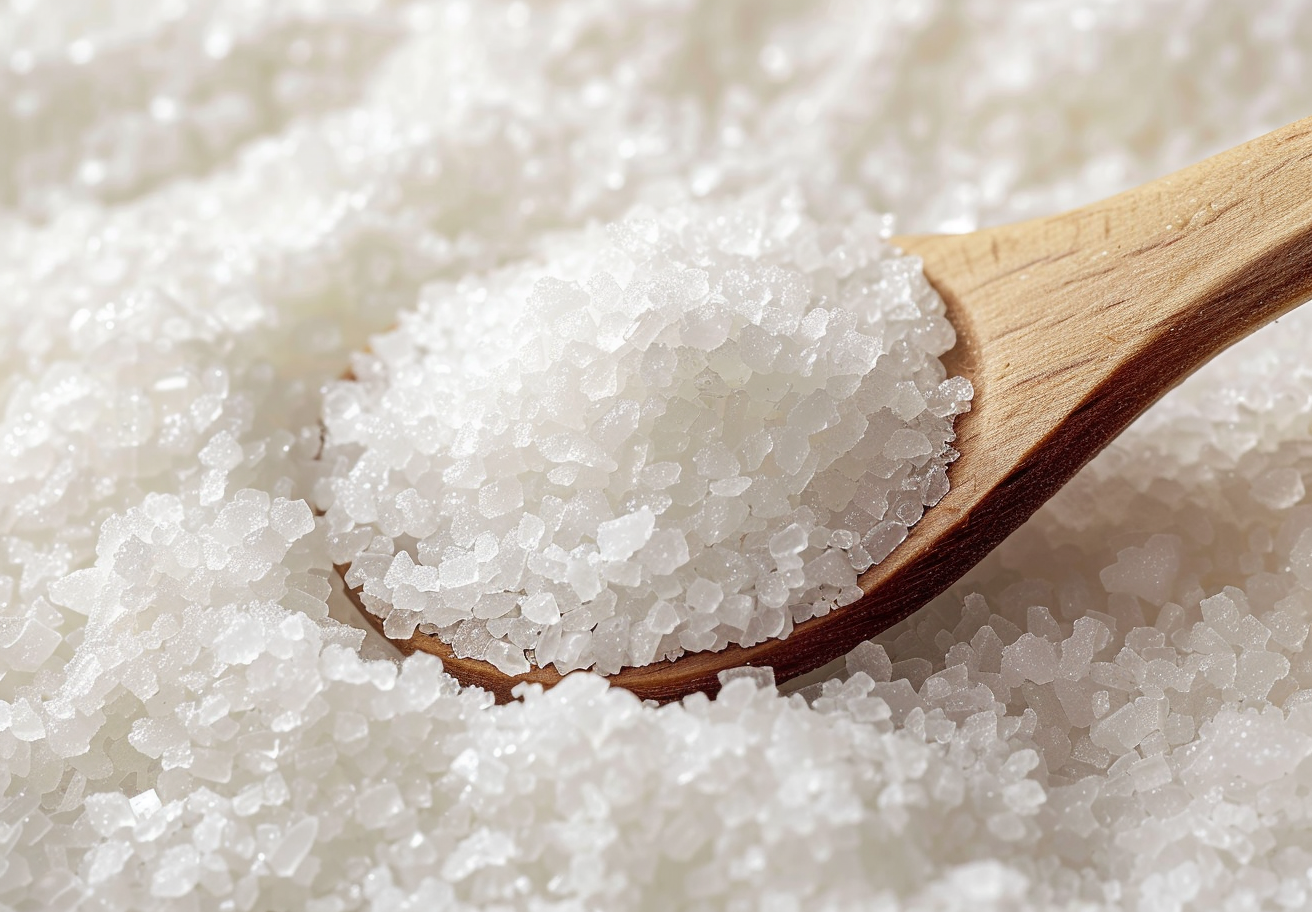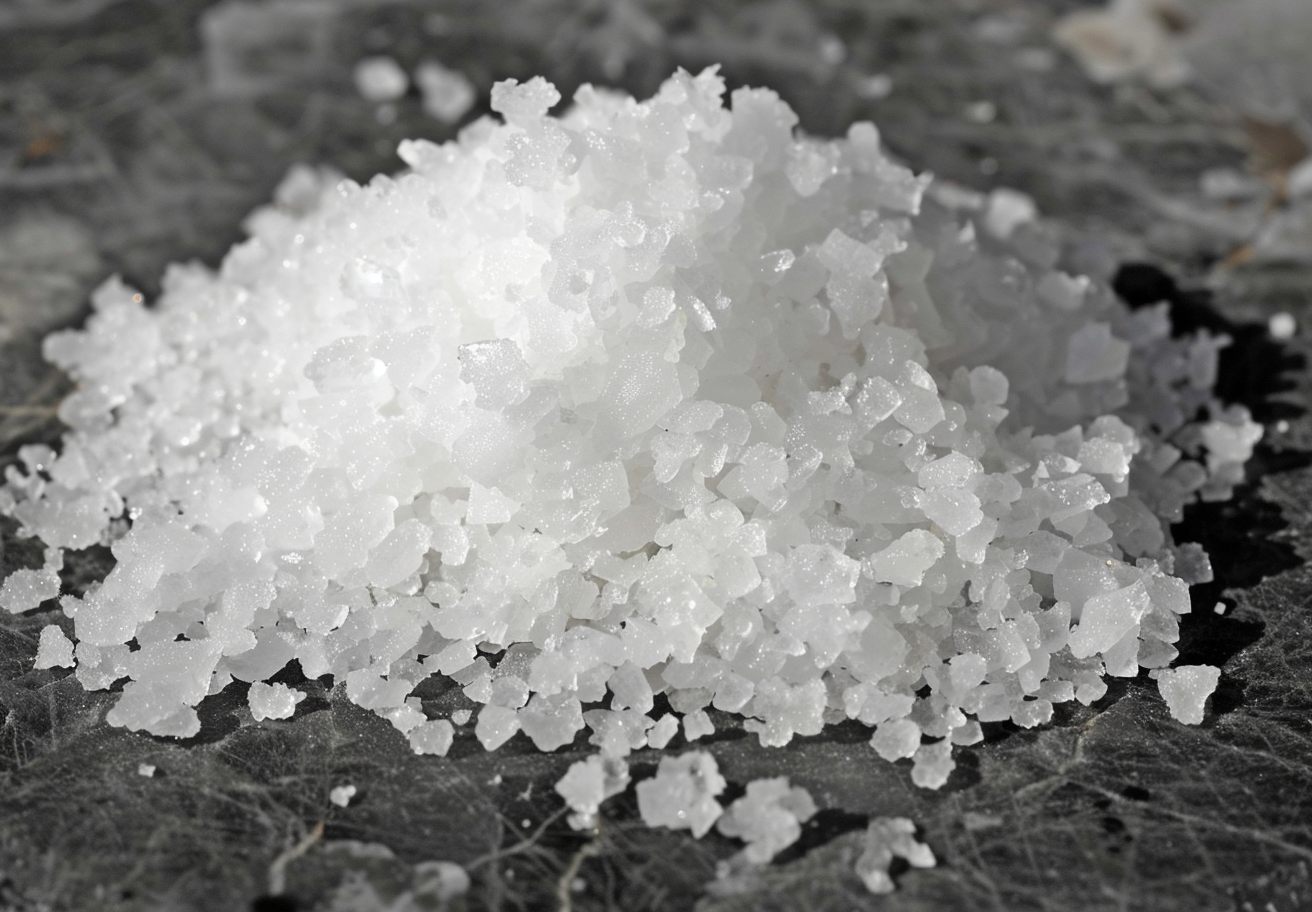
In the realm of ceramics and glass manufacturing, the quest for improving material properties and expanding their applications is a constant pursuit. One remarkable solution that has emerged is the addition of gadolinium oxide as a dopant. This compound offers various benefits that significantly enhance the performance and versatility of ceramics and glasses. In this article, we will delve into the advantages of using gadolinium oxide as a dopant, examining its impact on material properties and its widespread applications across various industries.
Renowned for its exceptional electrical properties, gadolinium oxide is an ideal dopant to enhance the electrical conductivity of ceramics and glasses. Incorporating gd2O3 improves the conductivity of the materials, enabling applications in electronics, sensors, and other electrical components. This enhancement expands the range of possibilities for advanced electronic devices and empowers industries with cutting-edge solutions.
The addition of gd2O3 dopant imparts unique magnetic characteristics to ceramics and glasses. Gadolinium is a rare-earth element known for its strong magnetic moments, making it particularly attractive for magnetic resonance imaging (MRI) and magnetic data storage applications. Skillful control of the dopant levels allows for tailoring the magnetic properties of materials to suit specific needs, opening up opportunities in various fields, including medical technology and data storage.
The addition of gadolinium oxide dopant offers a substantial improvement in the optical properties of ceramics and glasses. Its remarkable capacity to influence light absorption and emission enables the development of materials with heightened luminescence, making them exceptionally well-suited for optoelectronic devices and solid-state lighting applications. By utilizing gadolinium oxide-doped materials, a wide array of possibilities for advancing light-based technologies becomes available.
Gadolinium oxide can reinforce the mechanical strength of ceramics and glasses, increasing their resistance to mechanical stress and fracture. This property is especially valuable in the production of durable, long-lasting materials for structural applications in engineering and construction. By employing gadolinium oxide as a dopant, manufacturers can create robust ceramics and glasses that withstand demanding conditions.
The incorporation of gadolinium oxide as a dopant in ceramics and glasses leads to a notable improvement in their thermal stability. By augmenting their heat resistance, these materials can endure even the most extreme high-temperature environments without compromising their structural integrity. This exceptional advantage makes gadolinium oxide-doped ceramics and glasses highly sought after in critical industries like aerospace, where withstanding extreme temperatures is of paramount importance.

The versatility of gadolinium oxide as a dopant is reflected in its diverse applications across various industries:
Gadolinium oxide is a powerful dopant in ceramics and glass manufacturing, revolutionizing material properties across industries. With exceptional electrical conductivity, magnetic characteristics, optical enhancements, mechanical strength, and thermal stability, it drives progress and shapes the future of ceramics and glasses.
Eric Loewen
Eric Loewen graduated from the University of Illinois studying applied chemistry. His educational background gives him a broad base from which to approach many topics. He has been working with topics about advanced materials for over 5 years at Stanford Materials Corporation (SMC). His main purpose in writing these articles is to provide a free, yet quality resource for readers. He welcomes feedback on typos, errors, or differences in opinion that readers come across.

 Inquiry List
Inquiry List


